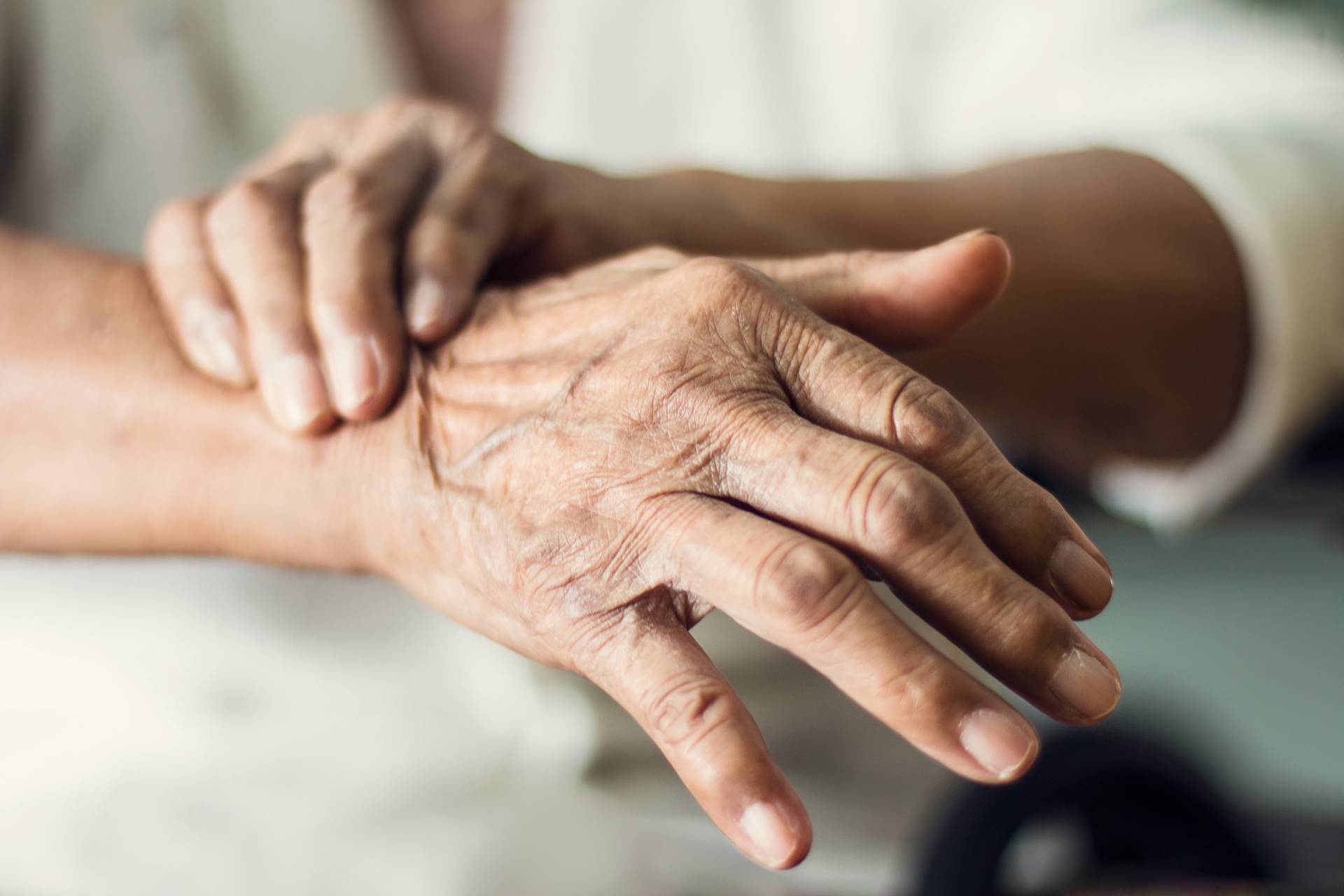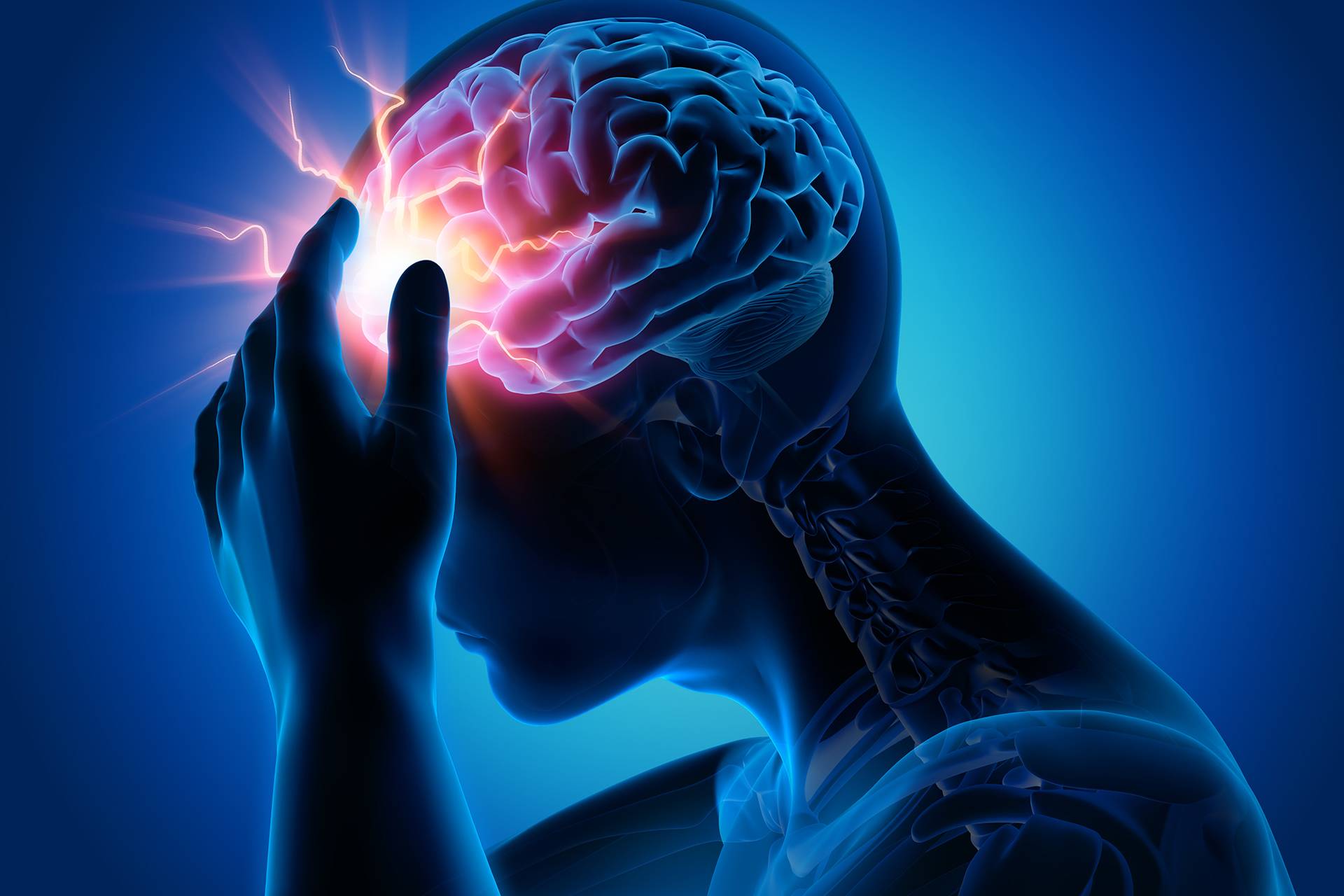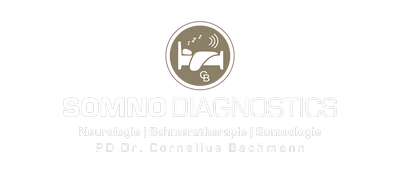Somnology
In this state-of-the-art sleep laboratory, sleep-related movement disorders (especially Restless Legs Syndrome) and parasomnias (in particular, REM sleep behaviour disorders) are diagnosed and treated. Patients with insomnia (difficulty falling asleep and staying asleep) and/or hypersomnia (increased daytime sleepiness, daytime somnolence, and narcolepsy) and sleep related breathing disorders (snoring, obstructive, central & combined sleep apnea) are in expert hands with the team led by Dr. Cornelius Bachmann.


Restless Legs Syndrome
PD Dr. Cornelius Bachmann has more than 20 years of clinical experience in the treatment of movement disorders. As a nationally and internationally recognized expert in the field of movement disorders, he is the coauthor of the Guidelines for Diagnosis and Therapy for Restless Legs Syndrome [RLS], the authoritative standard for RLS treatment written for the German Neurological Society (DGN). Dr. Bachmann is also a member of the medical advisory board of the German Restless Legs Association (RLS e.V.) and is regularly interviewed by the editorial teams of well-known print media, radio and television stations as an expert on the subject of RLS. Utilizing the latest in technology, his SomnoDiagnostics sleep laboratory is especially geared towards patients with Restless Legs Syndrome.
Parkinson Syndrome
In cases of Parkinson’s disease, there are three main symptoms come to the fore: (1) lack of movement, (2) muscle stiffness and (3) tremor. In advanced stages of the disease, postural stability disorders are also common. Treatment can involve the use of medications, such as levodopa or dopamine agonists, as well as movement and LSVT speech therapies (BIG physiotherapy and occupational therapy/
speech therapy) which have been shown to be promising therapeutic measures. For patients with signs of depression or psychosis, psychotherapeutic or other drug therapies may also be indicated. Atypical Parkinson’s syndromes such as progressive supranuclear palsy (PSP), multisystem atrophy (MSA) and Lewy body dementia (LBD) are also diagnosed and treated. Besides the classic Parkinson’s symptoms, people with these forms of Parkinson’s often suffer from additional symptoms, and such atypical Parkinson’s symptoms are sometimes referred to as Parkinson’s plus syndromes.


Pain Therapy
When it comes to pain disorders, PD Dr Cornelius Bachmann and his team focus on special neurological pain therapies, headache disorders (especially migraine) and chronic pain disorders (especially back pain). In 2010 Dr. Bachmann was awarded the prestigious German Pain Research Award in recognition of his achievements in the field of pain medicine.
Polyneuropathies
Polyneuropathy is a disease of the nerves that causes sensory disturbances, including “tingling”, and sensory disturbances of temperature and pain. The causes and triggers can come from hereditary diseases, metabolic diseases such as diabetes mellitus, toxins such as alcohol and drugs, inflammations, viral and bacterial infections, and cancers. The earlier therapy is initiated, the better the prognosis for the patient. As a rule, polyneuropathy can be well treated, provided the respective cause can be detected.


Carpal tunnel syndrome
Carpal tunnel syndrome is the result of a narrowing of the median nerve in the region of the carpus (the cluster of bones in the wrist). Pain occurs in the hand and forearm and the sense of touch may be diminished. Symptoms are treated by temporarily immobilizing the wrist with a splint or tape bandage and/or by injection of corticosteroids. If there is a suspected connection between this syndrome and obesity, weight reduction is recommended. In some cases, surgery may also be necessary.
Ulnar groove syndrome
Pressure damage to the ulnar nerve is called ulnar groove syndrome and manifests as a tingling in the little finger, in the inside of the ring finger and through the corresponding parts of the back of the hand. In mild cases, the condition may be monitored under electrophysiological control for up to three months, and causative circumstances such as incorrect posture or other habits can be identified and corrected. Often, a sulcus ulnaris splint is used in therapy, and, in chronic cases, a small surgical intervention may help.


Epilepsy
Functional disorders of the brain are called epilepsy and represent a group of very different diseases. Epileptic seizures can range from barely perceptible sensations or muscle twitching and/or short pauses in consciousness to falls with loss of consciousness and twitching all over the body. The SomnoDiagnostics team has extensive experience in analyzing the possible causes of this disorder in the brains of stroke patients, accident victims, those who experience spatial damage or damage caused by alcohol, brain hemorrhages or those patients with other relevant genetic reasons. After a diagnosis, the team at the Laboratory discusses possible medicinal or surgical treatments and recommendations. However, not every seizure can or needs to be treated. In some cases, it may be sufficient to simply avoid certain triggers that cause epileptic seizures.
Dementia
Dementia is a persistent or progressive impairment of memory, thinking or other brain functions. The disease leads to a decline in cognitive, emotional, and social abilities, which, in the course of the disease may lead to an impairment of occupational and general social functions. During an initial consultation by Dr. Bachmann and his team, patients can expect a thorough examination in which the symptoms, history and relevant previous illnesses are discussed. We recommend that dementia patients bring along a close relative or friend who can aid in supplementing the case history and provide other pertinent details. Medication and/or measures such as occupational, behavioral and music therapy may help in delaying or slowing the course of the disease.



